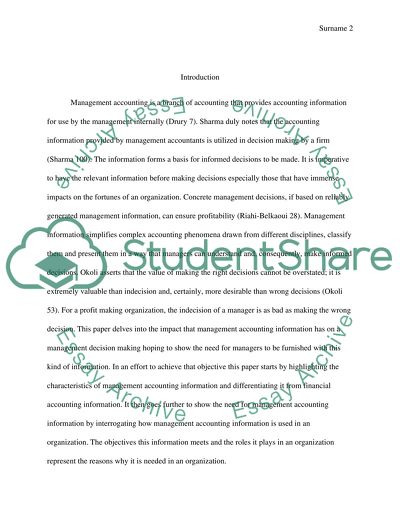Cite this document
(“The Need for Management Accounting Information Essay”, n.d.)
The Need for Management Accounting Information Essay. Retrieved from https://studentshare.org/finance-accounting/1632245-the-need-for-management-accounting-information
The Need for Management Accounting Information Essay. Retrieved from https://studentshare.org/finance-accounting/1632245-the-need-for-management-accounting-information
(The Need for Management Accounting Information Essay)
The Need for Management Accounting Information Essay. https://studentshare.org/finance-accounting/1632245-the-need-for-management-accounting-information.
The Need for Management Accounting Information Essay. https://studentshare.org/finance-accounting/1632245-the-need-for-management-accounting-information.
“The Need for Management Accounting Information Essay”, n.d. https://studentshare.org/finance-accounting/1632245-the-need-for-management-accounting-information.


